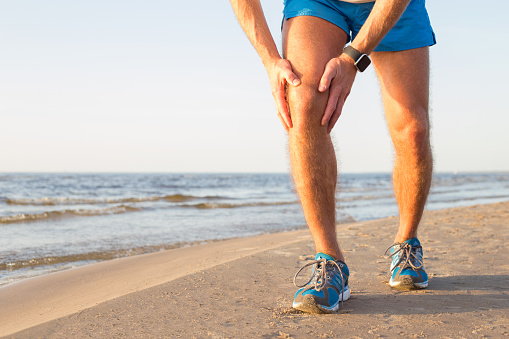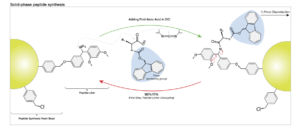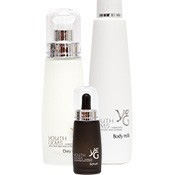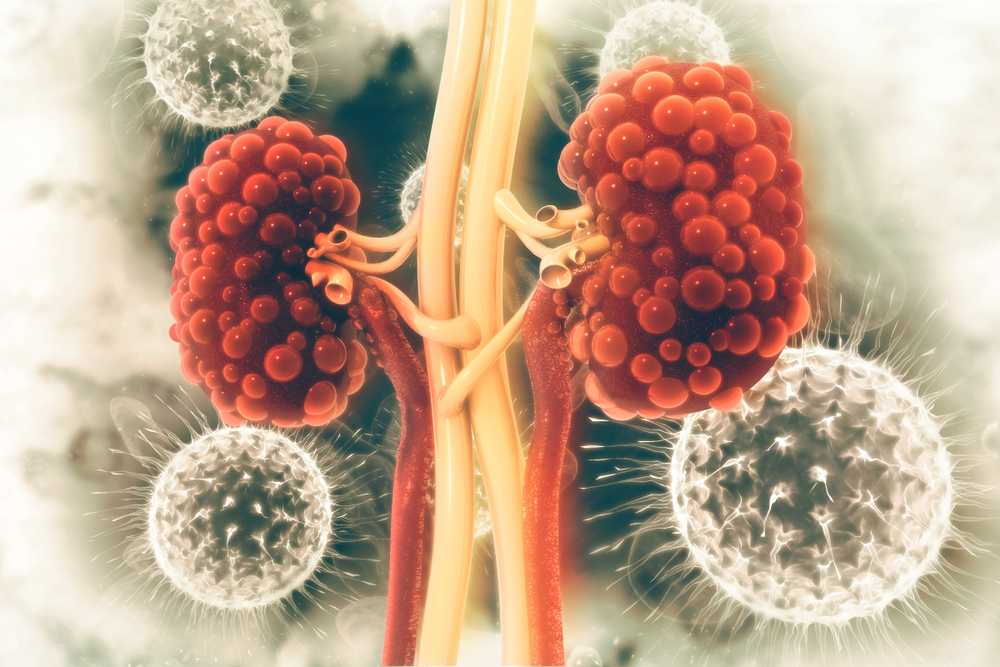
Joint Pro – peptide cream pain relief
October 16th, 2017Joint pain is a common problem, the bodies that we have were not designed to last forever. Aging can take its toll, we must deal with DNA damage, cell damage, muscle atrophy, bone loss, decreased muscle mass and joints warn out from overuse. Life can play havoc on our hips and knees!
But remember… aging doesn’t have to be all negative. Life is about choices, we can sit and keep moaning about our aches and pains, or we can choose to educate ourselves and make the aging process easier where possible.
We should take the time to understand our mind, body and soul.
You can enhance your life with the use of anti-aging supplements that contain peptides. You most probably hear the word ‘peptide’ when reading about healthy living and might not understand exactly what it is.
Well, here it is in an easy to understand nutshell…
The body is made up of proteins that are essential for tissues, the immune system, enzymes and cells. Proteins are made up of a sequence of amino acids, peptides are short amino acid fragments and when taken in a supplement or cream it is a natural source that can improve your health.
Each organ or bodily function has its own unique peptide bioregulator. Peptide bioregulators have been shown to shortcut the protein synthesis process by interacting directly with cell DNA – meaning that organs can build and repair tissues easier and quicker when peptide bioregulators are active. (1)

The leg bone is connected to the knee bone…
The leg bone is connected to the knee bone, the knee bone is connected to the thigh bone and the thigh bone is connected to the hip bone! Bones are rigid organs, their function is to move, support and protect various organs of the body. They produce red and white blood cells and store minerals. Our bones are connected at our joints and the average amount of joints in the human body is 360. However, that number can vary from person to person but generally speaking, the range is anywhere from 200-400 joints.
Weight baring joints like the knees and hips can cause pain – nerve related, osteoarthritis, infectious, trauma-related or genetic. Whatever the reason, knee and hip pain can be excruciating!
Pain can catch your breath, bring tears to your eyes, cause a fall, limit your movement and in some cases, take over your life. It can be depressing and exhausting.
The knee
The knee joint consists of 2 articulations between the femur and tibia and the femur and patella. The knee is the largest joint in the human body. It’s a modified hinge joint that permits flexion and extension with internal and external rotation. The knee is vulnerable to osteoarthritis. It is the most complicated joint, a hinge joint that is formed to move on an axis. The knee is reinforced with both internal and external ligaments to give it a full range of movement.
The hips
The hip region is located lateral and anterior to the gluteal region. The joint is between the femur and acetabulum of the pelvis. The primary function of the hip is to support the weight of the body both standing and in walking/running postures.
We stand connected by our joints, joints we sometimes take for granted in our youth. We push ourselves without thinking of the consequences.
Joint pain is a very common problem with many possible causes – but it’s usually a result of injury or arthritis. In older people, joint pain that gets steadily worse is usually a sign of osteoarthritis. It may affect just one joint, or many. You should seek advice if you experience joint pain. The information and advice in this article shouldn’t be used to self-diagnose your condition, but will give an insight into joint pain.
These are some common conditions associated with joint pain:
- Osteoarthritis, Reactive, Psoriatic, Rheumatoid, Septic arthritis
- Reactive, Psoriatic, Rheumatoid, Septic arthritis
- Traumatic Synovitis, Chondromalacia Patellae, Haemarthrosis
- Osgood Shlatter’s disease, Sciatica, Neuropathy, Gout
- Fibromyalgia, Planter Fasciitus, Carpal Tunnel, Tendonitis
Golfer’s elbow, Meniscus, Bursitis, nerve pain
Knee pain can also be caused when the thin layer of tissue lining in the joints and tendons become inflamed or where there is bleeding inside the joint.
The cause of arthritis or any type of joint pain doesn’t always have to be from aging, it can be a result of an accident or viral infection.
What’s that noise?
Crepitus is the grating or popping sounds and sensations experienced under the skin and joints. The sound is created when two rough surfaces inside the body come in contact, for example, in Osteoarthritis or Rheumatoid arthritis, when the cartilage around the joints erodes the surfaces in the joint grind against each other. (2)
Pain relief
Your doctor or specialist can advise you on the best course of action for any joint pain that you are experiencing. There are a number of approaches that can be used to preserve the joints:
- Surgeons can make holes or scratches in certain places in thebones to spur new cartilage growth
- Use the patient’s own cartilage to fill in areas of damage
- Use donor cartilage
- Steroid jabs?
Steroid jabs
Steroids have been used for joint for a long time. However a recent study has revealed that steroid jabs could make knees worse. Potentially, using injections double the rate of cartilage loss. It was found that after having jabs over two years it doubled the rate of cartilage loss. (3)
If you have joint pain, you may not need anything too intrusive. Sometimes specific exercises, anti-inflammatory medication, ice and elevation is enough to treat the pain. The use of a pain relief cream can take the edge off or alleviate discomfort.
Exercise and joint pain
Lots of people worry that running ruins their knees. However, a study revealed that activity may benefit the joint by changing the biochemical environment inside the knee in ways that can maintain good conditions of your joints. For many years runners have been told that pounding the streets is putting their knees at risk. The argument being that running slowly wears away at the cartilage that cushions the bones in the joint and causes arthritis.
However, research has shown that long-term runners are generally less likely to develop Osteoarthritis in the knees. Scientists have speculated that running may protect knees because it is often associated with relatively low body mass. Carrying less weight is known to reduce the risk for knee arthritis. (4)
If you do have knee or hip problems, gentle, low-impact exercise – such as walking and swimming combined with weight training is sometimes recommended. You should seek professional advice with regards to your physical limitations and when performing any exercise, listen to your own body. If it hurts, stop!
When you swim the water supports your body weight and helps to keep your joints supple. Aqua aerobics is also a good option for someone suffering with arthritis or other types of joint pain.
Regular light weight training can strengthen your muscles, improve, tone and reduce the risk of pain and stiffness. Find a form of exercise that suits you and your body. It’s always best to start slowly and build up as you get stronger. With all the exercises that we have mentioned, it’s really important to warm up at the beginning of the exercise and stretch at the end.
Food that is good for your joints
Sardines – for rheumatoid arthritis
Research shows that omega-3 polyunsaturated fatty acids (found in rapeseed oil, free range eggs, oily fish and fish oil supplements) can help ease the symptoms of rheumatoid arthritis.
Green tea – for rheumatoid arthritis
Research suggests that green tea may have anti-inflammatory properties. A study from Case Western Reserve University in the US found that EGCG (a substance in green tea) may halt arthritis progression by blocking interleukin-1, a pro-inflammatory cell, from damaging cartilage.
Broccoli – for osteoarthritis
According to researchers from the University of East Anglia, sulforaphane (found in broccoli, and to a lesser extent cabbage and Brussels sprouts), blocks enzymes that cause joint damage associated with osteoarthritis.
Blueberries – for rheumatoid arthritis
Eating an antioxidant-rich diet helps reduce the inflammation associated with rheumatoid arthritis and other inflammatory types of the condition. In addition, antioxidants are known to support the immune system, which may be suppressed in those taking anti-inflammatory medication.
Extra-virgin olive oil – for osteoarthritis & rheumatoid arthritis
Extra-virgin olive oil contains a natural phenolic compound called oleocanthal, which prevents the production of pro-inflammatory COX-1 and COX-2 enzymes. This reduces inflammation and eases the pain of rheumatoid arthritis, much in the same way that ibuprofen works.
Garlic – best for osteoarthritis
Eating a diet high in allium vegetables, such as garlic, onions, leeks and chives, may help prevent and even slow down the progression of osteoarthritis.
Sweet potatoes – best for rheumatoid arthritis
Sweet potatoes contain high amounts of fibre and beta-carotene, an antioxidant which has been shown to reduce inflammation in the body. Both beta-carotene and fibre lower levels of C-reactive protein (one of the tell-tale biomarkers of rheumatoid arthritis), in the blood.
Turmeric – best for osteoarthritis & rheumatoid arthritis
This spice widely used in Indian cooking contains curcumin, which can help ease the pain of knee osteoarthritis and regulate the body’s immune response, reducing the inflammation associated with rheumatoid arthritis. (5)
How to decrease pain quickly…
Joint Pro is an effective pain relief cream. It’s a natural approach to pain relief for your joints so you don’t need to worry about long term health side effects. It penetrates the skin deeply and rapidly reduces inflammation and swelling. Instead of just masking the pain it can speed up recovery. With its optimal purity it results in safe effective pain relief.
Prolonging your life and making it as pain free as possible has a lot to do with the choices you make.
For more product information on Joint-Pro: http://bit.ly/JointProInfo1
References
- ‘Peptide’. Wikipedia, the free encyclopedia.
- ‘Crepitus and joint disorders’. Verywell.com 22nd May 2017. Content reviewed by the Senior Medical Advisor David Katz.
- ‘Steroid injections’. Mail online, Victoria Allen – 17th May 2017. Research from Dr Timothy Mc Alidon – Tufts Medical Center, Boston.
- US National Library of Medicine. National Institute of Health. Eur J Appl Physiol.2016 Dec;116(11-12):2305-2314. Epub 2016 Oct 3.
- 7 foods to ease the pain of arthritis. Rachel Burge 11th June 2016. Source Arthritis Research UK.








